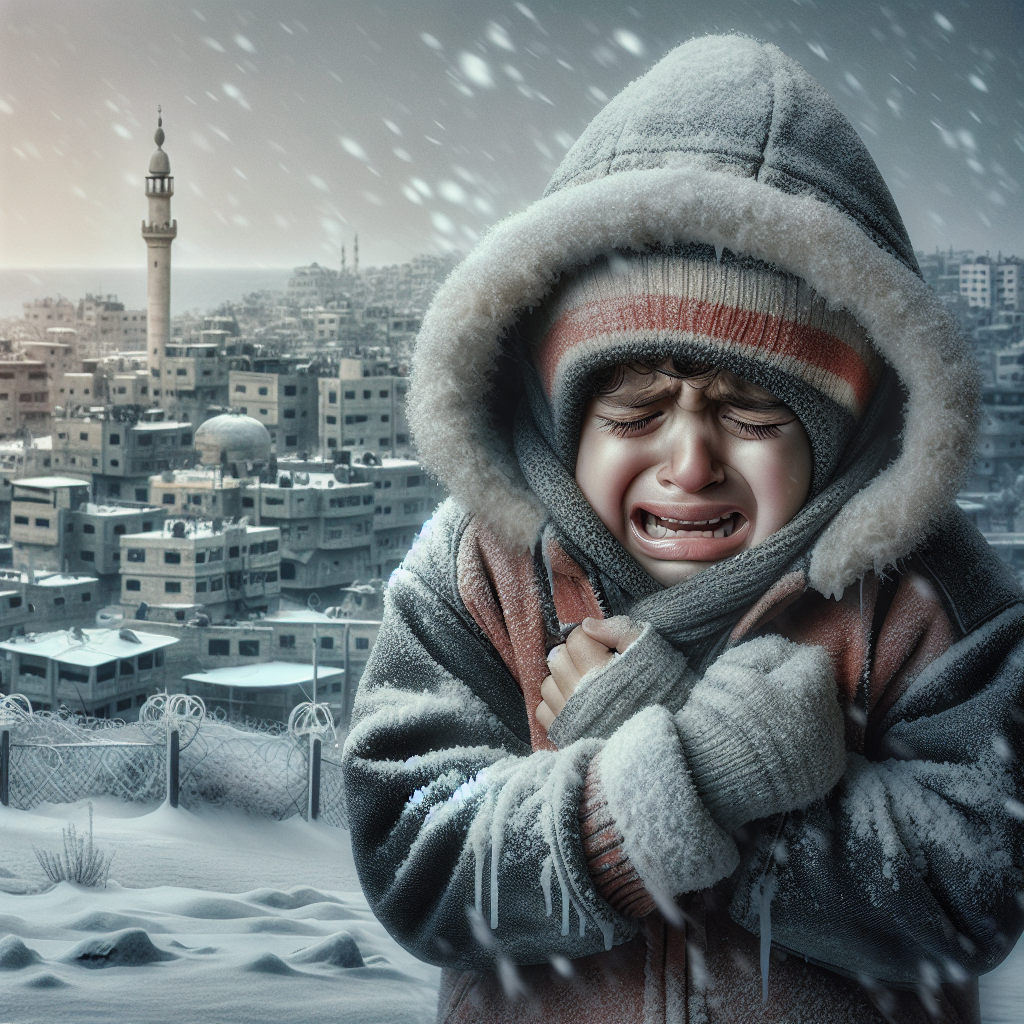The Impact of Hypothermia on Children in Gaza
The Impact of Hypothermia on Children in Gaza
Understanding Hypothermia
Hypothermia occurs when the body loses heat faster than it can produce it, causing a dangerously low body temperature. This condition is particularly perilous for children, who are more susceptible due to their smaller body size and lower fat reserves.
Current Situation in Gaza
In Gaza, the ongoing conflict and humanitarian crisis have exacerbated the risk of hypothermia among children. The lack of adequate shelter, heating, and medical supplies has left many vulnerable to the cold.
Factors Contributing to Hypothermia in Gaza
- Inadequate Shelter: Many families live in makeshift homes that offer little protection against the cold.
- Lack of Heating: Fuel shortages and power cuts make it difficult to maintain warm living conditions.
- Limited Medical Resources: Hospitals and clinics are overwhelmed, with insufficient supplies to treat hypothermia effectively.
Health Implications for Children
Children suffering from hypothermia face numerous health risks, including:
- Respiratory Issues: Cold temperatures can exacerbate respiratory conditions.
- Weakened Immune System: Prolonged exposure to cold can impair immune function, increasing susceptibility to infections.
- Developmental Delays: Chronic exposure to cold can impact physical and cognitive development.
Efforts to Mitigate the Crisis
Various organizations are working to address the hypothermia crisis in Gaza by:
- Providing Emergency Supplies: Distributing blankets, clothing, and heating materials to affected families.
- Improving Shelter Conditions: Collaborating with local authorities to enhance the infrastructure of temporary shelters.
- Raising Awareness: Educating communities about the signs of hypothermia and preventive measures.
Conclusion
The impact of hypothermia on children in Gaza is a pressing humanitarian issue, driven by inadequate living conditions and limited resources. Addressing this crisis requires a coordinated effort to provide immediate relief and long-term solutions to protect the health and well-being of vulnerable children.


















